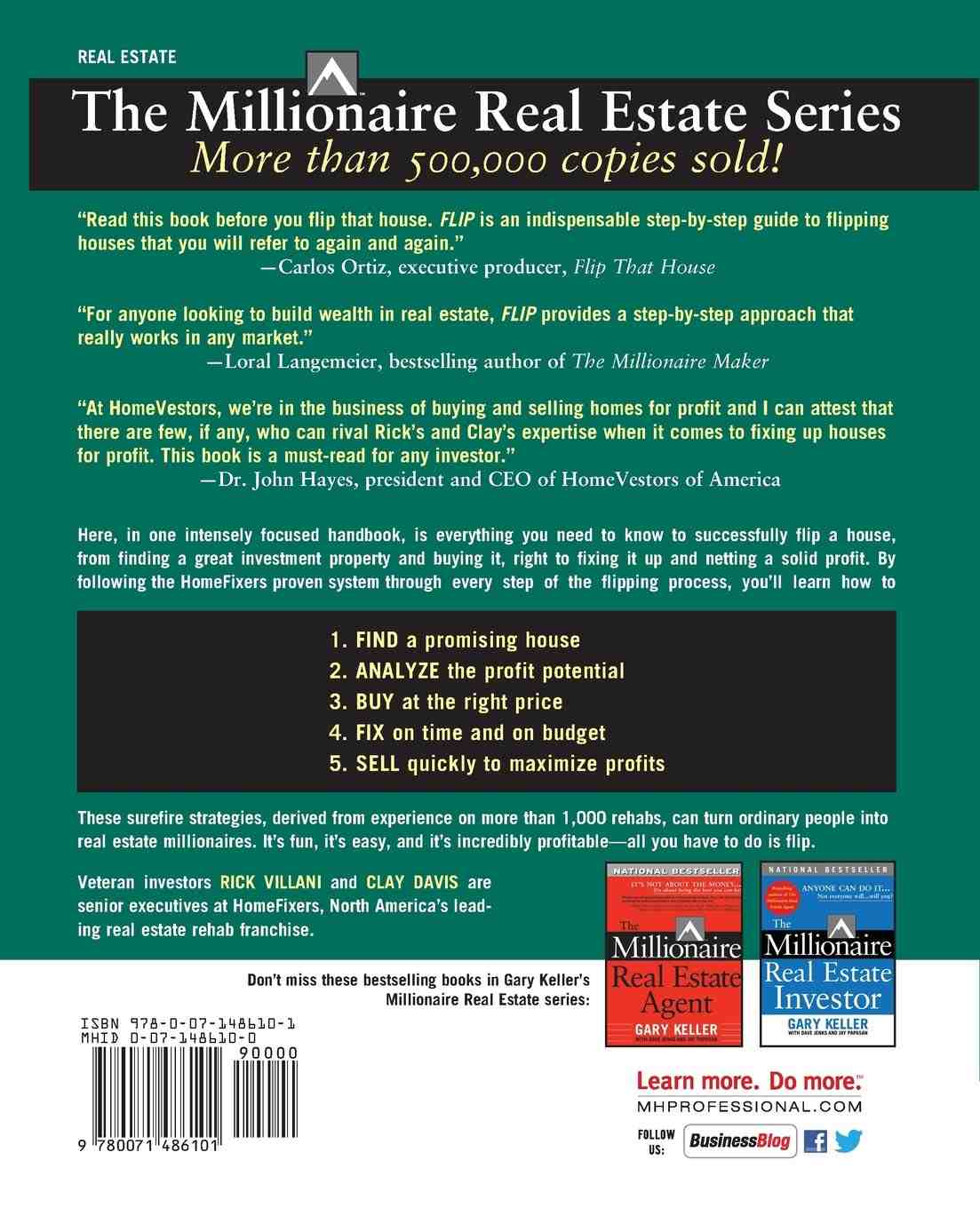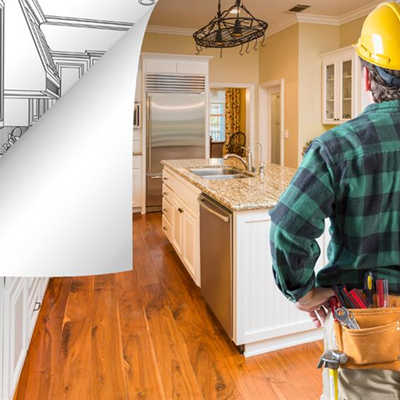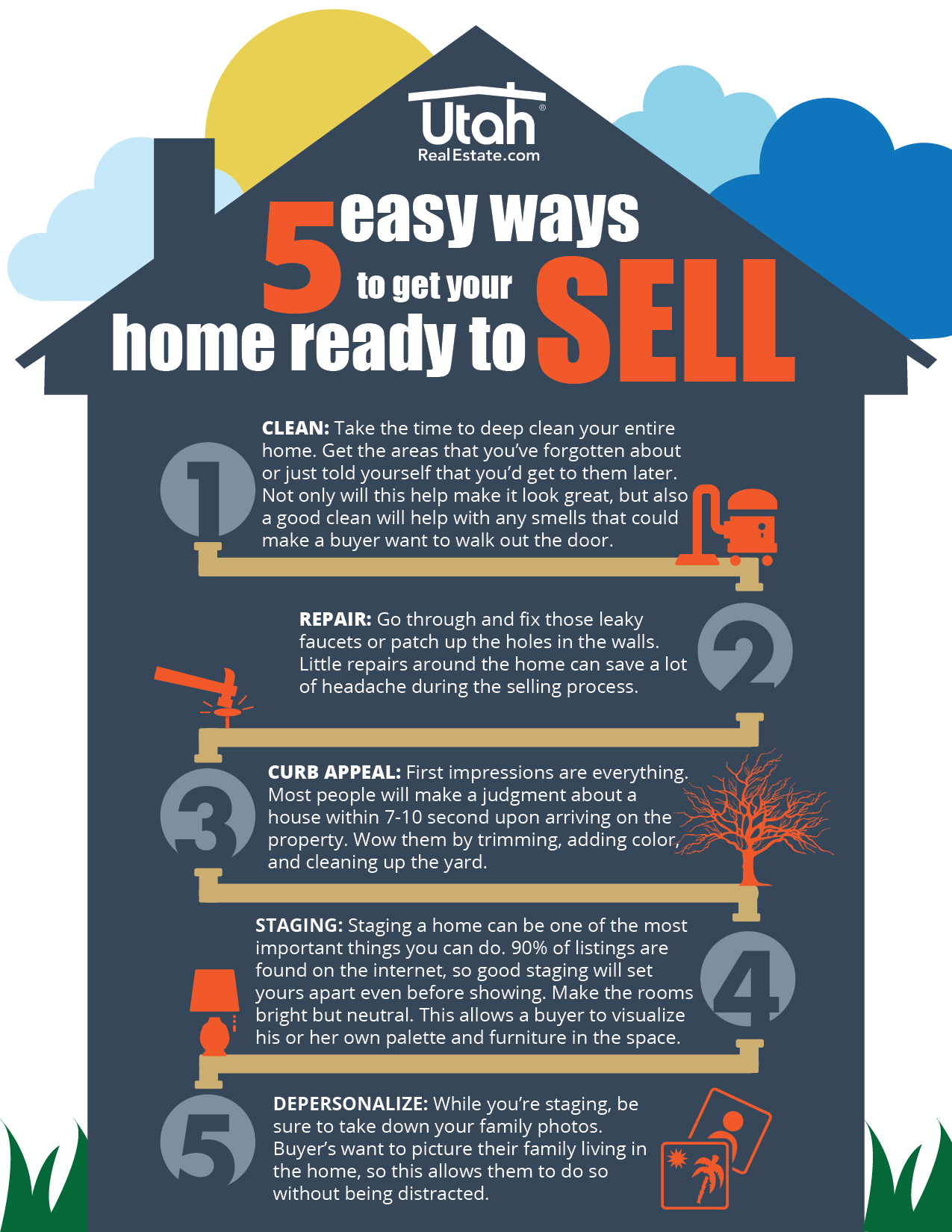What not to do before you sell your house?
8 Best Home Selling Mistakes You Should Avoid
- Underestimate the cost of sales. …
- Set an unrealistic price. …
- Considering only the highest bid. …
- Ignore major repairs and make costly renovations. …
- They are not preparing your home for sale. …
- Choose the wrong agent or the wrong way to sell. …
- Exhibition limitation.
Is it better to sell an empty house or a piece of furniture? The short answer is yes, empty houses take more to sell than furnished, occupied or staged houses. A study by the Valuation Institute found that vacant homes sold for 6% less than occupied homes and remained on the market longer.
Can you sell a house with stuff in it?

When you sell your home as real estate, it means you can sell it in the condition it is in without the need to repair it before closing. You and the buyer agree on the condition of the house as it is, and are aware of the condition of the house.
Do homes sell better with or without furniture? The short answer is yes, empty houses take more to sell than furnished, occupied or staged houses. A study by the Valuation Institute found that vacant homes sold for 6% less than occupied homes and remained on the market longer. There are a few reasons why this is the case.
Does the sale of a house include everything in it?
Buyer and seller may agree in the purchase contract to include or exclude specific items. Everything is negotiable. But each item that the seller wants to exclude must be specifically listed in the sales agreement; otherwise, they are automatically included.
What are exclusions in a home sale?
Exclusions refer to tools that the seller does not want to include with the sale of the real estate (real estate) but that otherwise would or should not exist. Exclusion examples: There may be a light in the dining room that is a family property and the seller does not want to leave the house.
When you buy a house does it come with furniture?
Indoor and outdoor furniture – Furniture and decor are not usually included with the home, unless otherwise indicated by the sellers. If sellers are open to giving up their furniture, buyers can buy furniture from sellers separately or as part of the purchase agreement.
What is considered furnishings in a home sale?
Home furnishings are personal property and include items such as furniture, appliances, carpets, kitchen utensils and art objects.
Can I leave stuff in my house when I sell it?
Unless you have explicit instructions from the buyer, you can usually leave out specific parts of the device or repair, including: Manuals and warranties for appliances and systems. Extra filters for your furnace or central air system. Remaining bathroom, kitchen or roof.
What needs to be removed when selling a house?
No matter how tired this may seem, it’s important to remove evidence that you actually live in your home every time you show it to a potential buyer. Dispose of personal items such as toothbrushes, medications, shampoos, glasses, dirty laundry baskets, dirty dishes and so on.
What are considered personal items when selling a house?
Simply put, real estate is everything that is real estate and attached to the home – walls, windows, shutters, lights, doors and (mostly) appliances. Personal property is anything that can be moved or taken from home – furniture, artwork, hot tubs above ground, and more.
What has to stay on walls when selling a house?
You should also leave carpeting against the wall and other floors, hardware such as drawer handles and drawers, lighting and any security or alarm system, such as carbon monoxide monitors and smoke alarms. Items outside the home should also be left behind if they are on the ground.
When you sell a house do you leave the curtains?
Do you let go of the curtains when you move? Yes, window treatments are still available. You may have spent a fortune on those custom blinds in your living room, but technically, you have to leave them hanging, says Gassett. “Curtains are always considered personal property because they are only sliding,” he says.
Do I have to leave my ring doorbell when I sell my house?

If you left the Ring devices at your previous address, the new owner must download the Ring app, create their own account, and reinstall the devices on the new account using their mobile device.
Can you take Ring doorbell if you move? Yes, the Ring stamp can be moved. Simply remove the Ring device and replace it with a simple bell.
Is a Ring doorbell considered a fixture?
These types of devices are likely to be considered personal property of the seller. Other smart devices, such as smart switches, smart thermostats, smart bells and security cameras, can be wired, which puts them firmly in the “appliances” category.
Can you take your ring doorbell when you move?
Leave Ring Video Doorbells or Security Camera behind when you move. If you want to transfer a Ring device to a new owner, you must remove the Ring stamp or security camera from your account to transfer ownership.
Can a tenant have a ring doorbell?
Ring’s latest video bell attaches to the spy on a front door, making it suitable for tenants or apartment residents who often can’t drill holes in the wall next to the door. Announced at CES, the Ring Door View Cam offers high-definition live video with the same features as other Ring bells.
Can a ring doorbell be stolen and used?
If a thief had stolen your Doorbell Ring, the bell would have been reusable. However, all of your recorded information and video clips will not be available until Ring Doorbell has lost its original Wi-Fi connection. So, yes, a thief is able to reuse your Doorbell Ring.
Are window screens a fixture?

Window coverings, unless they are not included in the contract, often cause problems. Drapery sticks, since they are screwed to the wall, must be fixed so that they are permanently fixed.
Are curtains considered workshop? Shutters and shades that are attached to the window are typically considered appliances. However, drapes or curtains that can easily slide off a stick are generally considered personal property.
What’s considered a fixture?
If an object is physically and permanently attached or fixed to the property, it is considered a fixture. This includes items that have been bolted, screwed, nailed, glued or cemented to walls, floors, roofs or any other part of the house. A classic example of this is a window treatment.
What is an example of a fixture?
A property is a fixed asset that is physically attached to the property. A tool cannot be removed without causing damage to the asset. Examples of tools are integrated lights, integrated cabinets, toilets and sinks.
Is a wall shelf a fixture?
Lights, wall scones, shelf units, ceiling fans, etc. are in the equipment category for this definition. Every item that has become an integral part of the home is a workshop.
What is classified as a fixture?
Definition of a Real Estate Workshop A real estate workshop is any object permanently attached to a property by means of bolts, screws, nails, glue, cement, or other means. Items such as chandeliers, ceiling fans and window treatments are generally seen as workshop and stay with the home in a real estate transaction.
Are windows considered fixtures?
Items such as chandeliers, ceiling fans and window treatments are generally seen as workshop and stay with the home in a real estate transaction. This means that when you move out of a home, these pieces of property will be left behind in the home for the new owner to use.
What is an example of a fixture?
A property is a fixed asset that is physically attached to the property. A tool cannot be removed without causing damage to the asset. Examples of tools are integrated lights, integrated cabinets, toilets and sinks.
Is a window real or personal property?
Simply put, real estate is everything that is real estate and attached to the home – walls, windows, shutters, lights, doors and (mostly) appliances.
Are windows a fixture?
In general, anything that is permanently attached to the property is considered a workshop. These include items such as: landscaping, lighting, curtain rods (but usually not curtains), window treatments, and built-in furniture to name a few.

